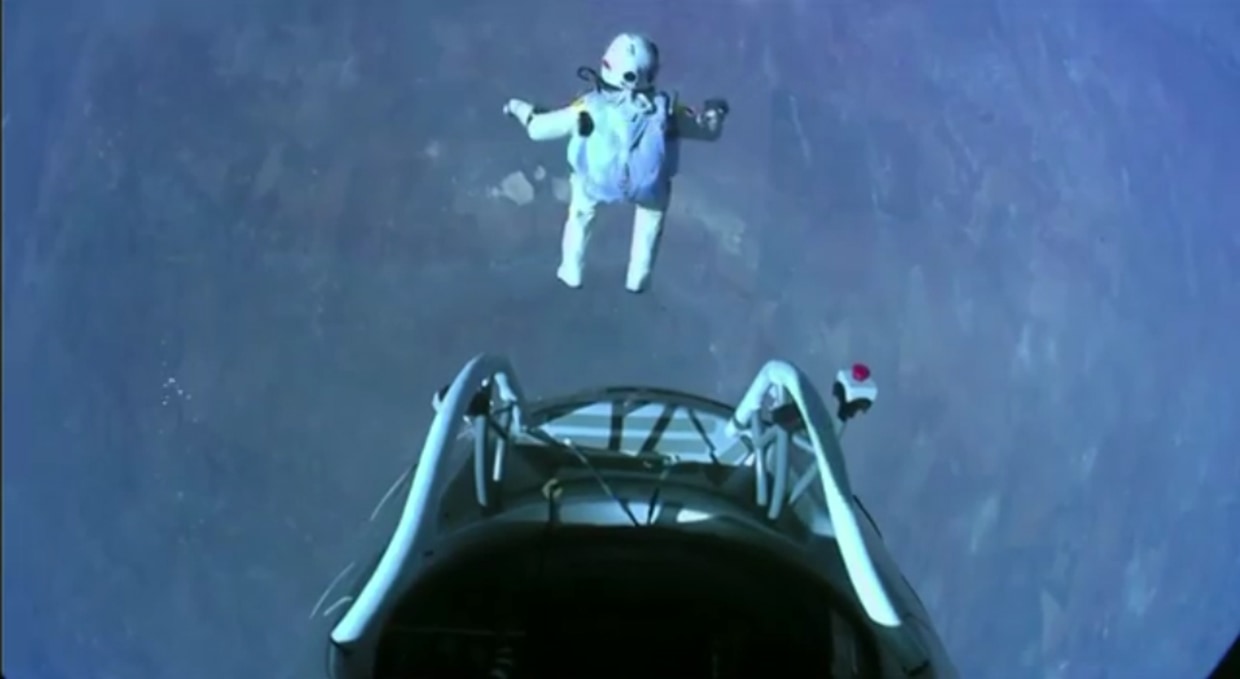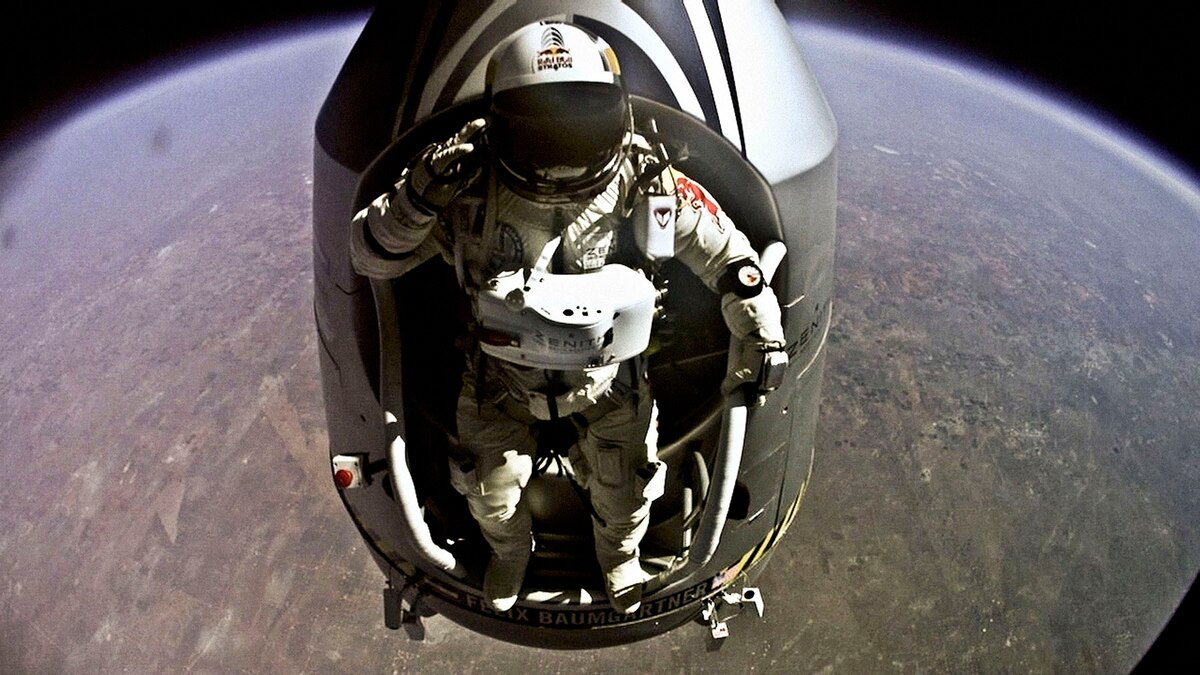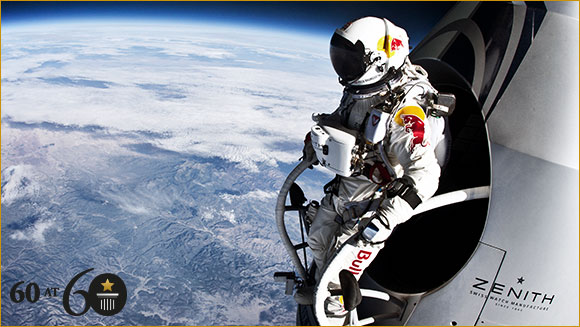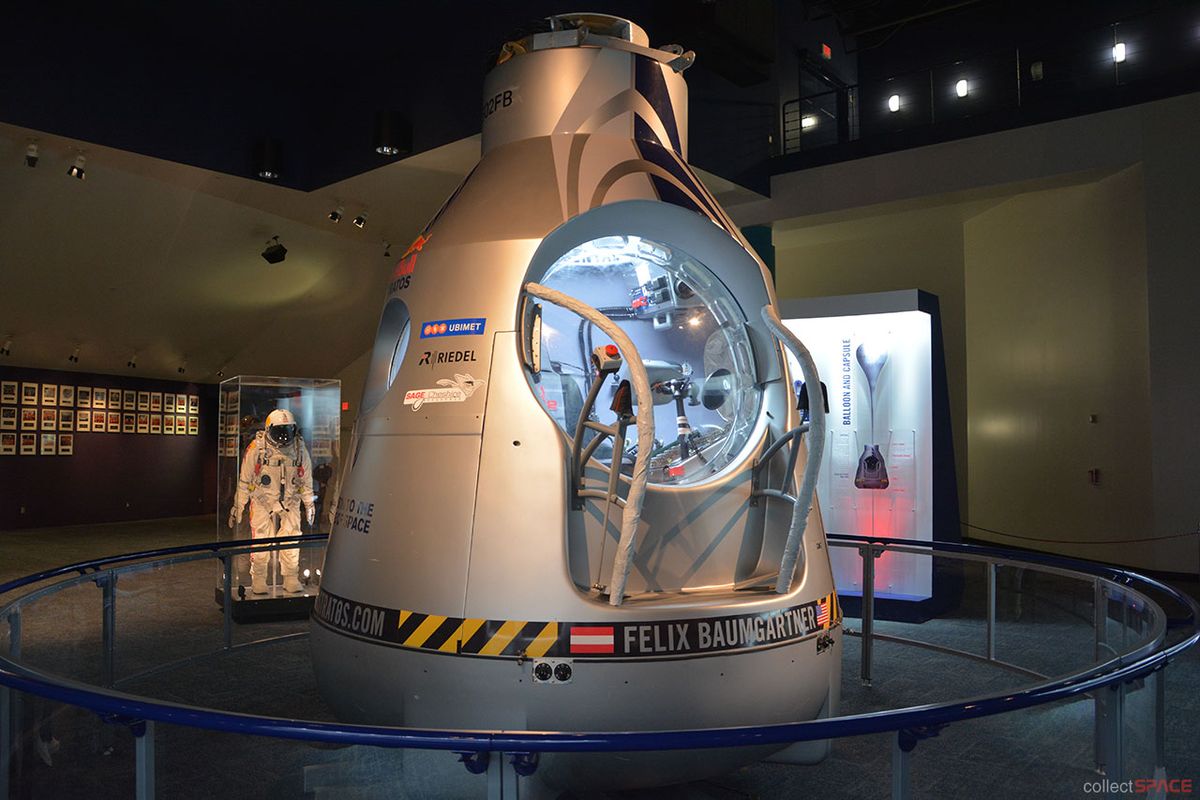Felix Baumgartner: The Fearless Skydiver Who Broke the Sound Barrier from Space
Felix Baumgartner: The Fearless Skydiver Who Broke the Sound Barrier from Space
Felix Baumgartner stands as one of the most daring and accomplished extreme athletes in modern history. The Austrian skydiver and BASE jumper captured global attention on October 14, 2012, when he completed a record-breaking jump from the stratosphere, becoming the first human to break the sound barrier in freefall. This extraordinary achievement not only redefined the limits of human capability but also advanced scientific understanding of high-altitude conditions and space exploration.

Early Life and Career Beginnings
Born on April 20, 1969, in Salzburg, Austria, Felix Baumgartner discovered his passion for flight at an early age. As a child, he dreamed of flying and skydiving, a vision that would ultimately shape his extraordinary career. At 16, he completed his first skydive, an experience that ignited his lifelong pursuit of extreme aerial sports.
Baumgartner's early career included service in the Austrian military, where he honed his parachuting skills and learned precision landing techniques on small target zones. This military training provided the foundation for his later achievements in extreme sports. After leaving the army, he briefly supported himself by repairing motorcycles, but his true calling remained in the skies.
The phrase "Born to fly" - tattooed on his forearm in Gothic font - perfectly encapsulates Baumgartner's philosophy and life mission. This deep connection to aviation and aerial sports would drive him to pursue increasingly dangerous and technically challenging feats throughout his career.
Extreme Sports Achievements and Notable Stunts
Throughout the late 1990s and 2000s, Baumgartner established himself as a premier extreme athlete through a series of death-defying stunts and world records. His approach to Red Bull for sponsorship began with a BASE jump proposal from the 860-foot New River George Bridge in West Virginia. Although initially rejected, his determination led him to complete the stunt independently, eventually earning Red Bull's sponsorship after 32 successful BASE jumps.

Some of Baumgartner's most remarkable achievements include:
- Petronas Towers Jump (1999): Set the world record for highest parachute jump from a building, leaping from the iconic towers in Kuala Lumpur, Malaysia
- English Channel Crossing (2003): Became the first person to skydive across the English Channel using a specially designed carbon fiber wing
- Christ the Redeemer BASE Jump: Achieved the world record for lowest BASE jump ever, jumping just 29 meters from the statue's hand in Rio de Janeiro
- Millau Viaduct Jump (2004): First person to BASE jump from the completed bridge in France
- Taipei 101 Jump (2007): Conducted an unauthorized BASE jump from the 91st floor of what was then the world's tallest building
The Red Bull Stratos Mission: A Journey to the Edge of Space
The Red Bull Stratos project represented the pinnacle of Baumgartner's career and one of the most ambitious extreme sports undertakings ever attempted. Conceived as a mission to break Joseph Kittinger's 52-year-old record for the highest freefall parachute jump, the project required five years of meticulous planning, cutting-edge technology development, and intensive training.
The $20 million project involved a team of approximately 300 specialists, including engineers, scientists, and medical experts. The mission aimed to advance scientific knowledge about high-altitude conditions while pushing the boundaries of human performance in extreme environments.

One of the project's greatest challenges was overcoming Baumgartner's claustrophobia in the pressure suit. The restrictive life-support system, essential for survival at stratospheric altitudes, initially caused severe anxiety. Sports psychologist Dr. Michael Gervais was brought in to help Baumgartner cope with the psychological challenges, using techniques including combat breathing and controlled exposure to uncomfortable situations.
Veteran skydiver Joseph Kittinger, whose record Baumgartner aimed to break, served as the mission's capcom (capsule communicator) and mentor. This collaboration between the record holder and his challenger exemplified the spirit of exploration and human achievement that defined the project.
World Records and Technical Achievements
On October 14, 2012, at 9:28 AM local time, Baumgartner lifted off from Roswell, New Mexico, in a helium balloon capsule. The ascent to 128,100 feet (39,045 meters) took approximately 2.5 hours, carried by a balloon as tall as the Statue of Liberty when fully inflated.

Baumgartner's historic jump established multiple world records:
- Highest Freefall Parachute Jump: 38,969.4 meters (127,852 feet)
- Fastest Speed in Freefall: 1,357.6 km/h (843.6 mph) - Mach 1.25
- First Human to Break Sound Barrier in Freefall: Without vehicular assistance
- Vertical Freefall Distance: 36,402.6 meters (119,431 feet) without drogue parachute
The jump presented numerous technical challenges, including a dangerous spin that threatened to cause unconsciousness. Baumgartner's skill and training enabled him to regain control and stabilize his descent. The entire freefall lasted 4 minutes and 19 seconds before parachute deployment.
The mission also set digital records, with over 8 million concurrent viewers on YouTube, making it the most-watched live event in the platform's history at that time. The global audience witnessed history as Baumgartner safely landed in the New Mexico desert, completing one of humanity's most audacious achievements.
Legacy and Continued Impact
Baumgartner's stratospheric jump transcended sports achievement, contributing valuable scientific data about high-altitude human physiology, pressure suit technology, and stratospheric conditions. The research has implications for space exploration, aviation safety, and emergency egress systems for high-altitude aircraft.

Following his retirement from "daredevil business," Baumgartner has pursued other interests including motorsports, helicopter piloting, and public service as a firefighter. His achievement inspired a new generation of extreme athletes and contributed to advancing commercial space tourism initiatives.
While his altitude record was surpassed by Google executive Alan Eustace in 2014, Baumgartner's impact on extreme sports, scientific research, and human achievement remains unparalleled. His story continues to inspire individuals to push beyond perceived limitations and pursue seemingly impossible goals.
Frequently Asked Questions
How fast did Felix Baumgartner fall during his space jump?
Baumgartner reached a maximum speed of 1,357.6 km/h (843.6 mph), which equals Mach 1.25. This made him the first human to break the sound barrier in freefall without vehicular assistance. It took him just 34 seconds to reach Mach 1 during his descent from the stratosphere.
What altitude did Felix Baumgartner jump from?
Baumgartner jumped from an altitude of 38,969.4 meters (127,852 feet), which is approximately 24 miles above Earth's surface. This was at the edge of the stratosphere, where the air is extremely thin and atmospheric pressure is less than 1% of sea level pressure.
How long did the Red Bull Stratos project take to complete?
The Red Bull Stratos project took over five years of planning, development, and testing before the successful jump in October 2012. The project involved extensive research, custom equipment development, psychological training, and multiple test jumps at lower altitudes.
What safety measures were used during the space jump?
Baumgartner wore a custom-designed pressure suit with dual life-support systems. The capsule and suit had 20 cameras total for monitoring. A drogue parachute system was available for automatic deployment if he lost consciousness. The entire mission was supported by a team of medical and technical experts.
Did Felix Baumgartner's records still stand today?
While his altitude record was broken by Alan Eustace in 2014, Baumgartner still holds the records for fastest speed in freefall and vertical freefall distance without a drogue parachute. He remains the first person to break the sound barrier in freefall without vehicular power.
Share this incredible story of human achievement and scientific advancement! Felix Baumgartner's stratospheric jump represents one of the most remarkable feats in extreme sports history, inspiring millions to pursue their own impossible dreams.